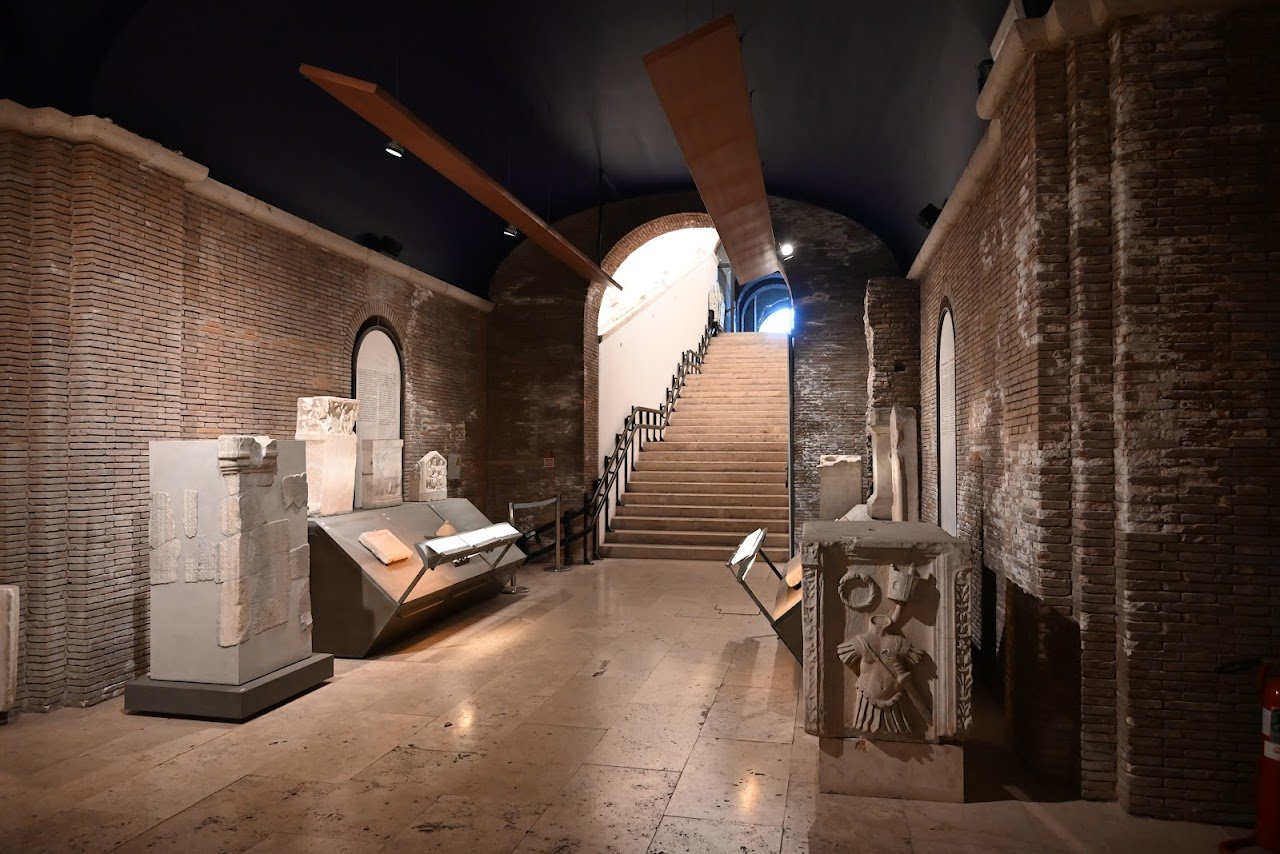Galleria lapidaria



Ask ThatchGPT
Suggest a local expert to plan my trip
Suggest an unique itinerary for my Italy trip
What foods do Italy locals eat
What are some true hidden gems in Italy
Help me brainstorm trip ideas for Italy
Help me plan a family-friendly trip to Italy
What people say
Linda Miller
"The Galleria Lapidaria is a museum located in the Palazzo dei Conservatori on the Capitoline Hill in Rome, Italy. It houses a collection of over 3,500 stone tablets and inscriptions from ancient Rome.
The collection was originally started in the 16th century by Pope Sixtus IV. It was expanded in the 18th century by Pope Pius VII, who commissioned the construction of the Galleria Lapidaria to house the collection.
The Galleria Lapidaria is divided into two sections: the Roman section and the Christian section. The Roman section contains inscriptions from the Roman Republic and Empire, including laws, decrees, and dedications. The Christian section contains inscriptions from the early Christian Church, including epitaphs, baptismal fonts, and altars.
Some of the most notable items in the Galleria Lapidaria include:
The Lapis Niger, a black stone slab from the Roman Forum that is believed to mark the tomb of Romulus, the legendary founder of Rome.
The Tabula Siarensis, a bronze tablet from the 1st century BC that contains a copy of the Lex Julia Municipalis, a law that governed the cities of the Roman Empire.
The Epitaph of Eurysaces, a baker from the 1st century BC who is known for his elaborate tomb.
The Sarcophagus of Junius Bassus, a marble sarcophagus from the 4th century AD that depicts scenes from the life of Jesus Christ.
"
Read more in:
Mentioned in these guides
About Galleria lapidaria
Get the inside scoop on Galleria lapidaria from local experts, travel creators, and tastemakers. Browse genuine trip notes, Galleria lapidaria reviews, photos, travel guides, and itineraries from real travelers and plan your trip with confidence.
Save this spot for later or start mapping out a new trip today
Try our AI Travel Assistant and get instant answers to any questions about your trip.
Ask ThatchGPT
